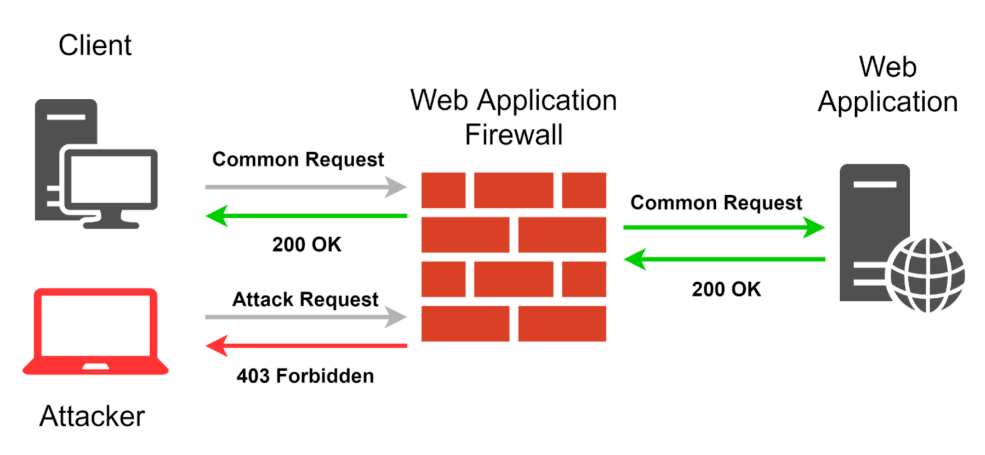
Take for example, an attack with the pattern. In the above illustration, Attack Pattern A, when modified, is blocked by WAPPLES but not by 1st or 2nd Generation WAFs. By blocking web attacks, web application firewalls serve as an effective solution against sensitive data leakage, unauthorized access and website defacement or cross-site request forgery (CSRF). Just as its name suggests, the basic function of a WAF is to detect and block web attacks like SQL Injection and Cross-Site Scripting (XSS) attacks. On the other hand, a web application firewall inspects data packets on the application level, validating inputs and detecting abnormalities in web protocols to identify application-specific threats. Because a network firewall’s access control is based on network-layer attributes, it is incapable of stopping attacks from applications already authorized to communicate through the firewall.

The network firewall, which filters network traffic instead, is severely limited in protecting web assets. Whether it’s public-facing websites or private intranets used for cross-team collaborations, the inspection of web traffic for threats needs to be granular and also intelligent enough to adapt to new and custom web apps. Modern enterprises deploy a diverse array of web applications.


 0 kommentar(er)
0 kommentar(er)
